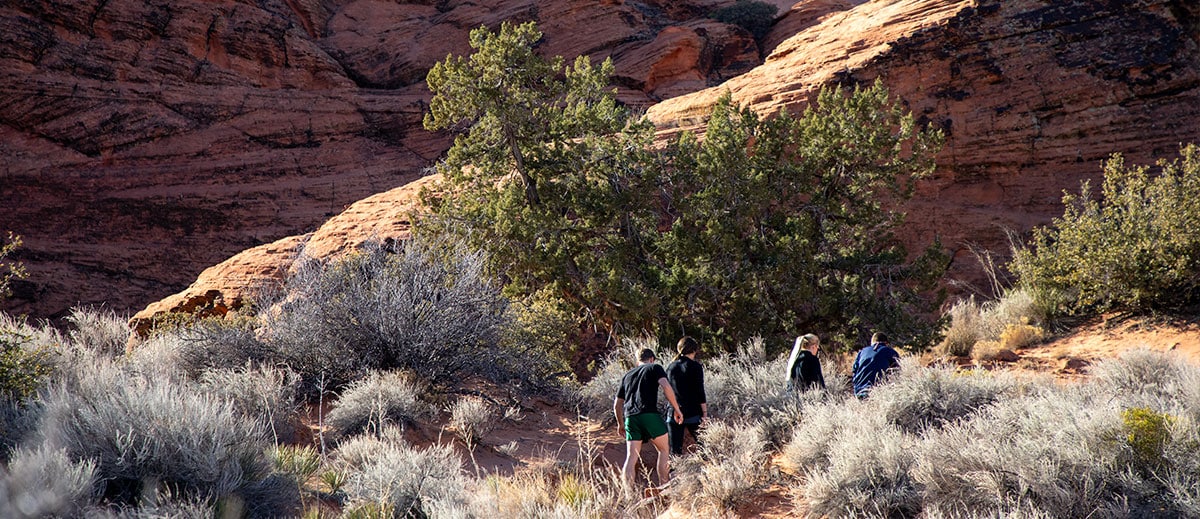Why Moab, Utah, Is the Perfect Place for Adventure Seekers to Call Home
Author: Mark WadeAre you a huge fan of outdoor adventures? Do you constantly find yourself searching for the next adrenaline rush? If so, then Moab, Utah should definitely be at the top of your list when it comes to finding a place to call home.
Moab is a small town located in southeastern Utah that has quickly become known as one of the best destinations for adventure seekers. With its breathtaking natural landscapes, endless outdoor activities, and thriving community of like-minded individuals, it's no wonder why people from all over the world are flocking to Moab.
But what exactly makes Moab the perfect place for adventure seekers to settle down? Let's dive into some of the top reasons.

Unmatched Natural Beauty
One of the main draws of Moab is its stunning natural beauty. The town is nestled between two national parks - Arches National Park and Canyonlands National Park, which offer breathtaking views of towering red rock formations, canyons, and mesas.
These national parks not only provide picturesque backdrops for outdoor enthusiasts, but they also offer endless opportunities for hiking, rock climbing, mountain biking, and more.
Aside from the national parks, Moab is also surrounded by other public lands such as Dead Horse Point State Park, Manti-La Sal National Forest, and Bureau of Land Management (BLM) areas. This means that there are countless places to explore and discover in Moab's backyard.

Year-Round Adventure Opportunities
Unlike some destinations that may only offer outdoor activities during certain seasons, Moab is an ideal place for adventure seekers all year round. With mild winters and hot summers, there's never a bad time to get outside and explore.
During the winter, you can hit the slopes at nearby ski resorts or go snowshoeing in the La Sal Mountains. And when summer comes around, there's nothing better than cooling off on a whitewater rafting trip down the Colorado River or taking advantage of the numerous rock climbing routes.
No matter what time of year it is, Moab has something for everyone.

Vibrant Community
Moab is more than just a destination - it's a community. The town has a tight-knit and welcoming atmosphere that makes it easy to make new friends and feel like you belong.
Many of the locals in Moab are also outdoor enthusiasts, so you'll be surrounded by like-minded individuals who understand your love for adventure and the outdoors.
The town also hosts numerous events and festivals throughout the year, such as the Moab AdventureX Fest and Red Rock Astronomy Festival. These not only bring people together but also showcase the unique culture of Moab.

Access to Unique Adventures
Aside from the typical outdoor activities like hiking and biking, Moab also offers some more unique adventures that can't be found anywhere else.
For the thrill-seekers, you can head to Moab's famous Slickrock Bike Trail or take a guided Jeep tour through the rugged terrain. And for those looking for a more tranquil experience, you can go on a hot air balloon ride or stargaze at one of the darkest skies in the country.
There's never a dull moment in Moab, and you'll always have something new and exciting to try.

Conclusion
Now that you know why Moab is the perfect place for adventure seekers to call home, what are you waiting for? Pack your bags and make the move to this outdoor paradise. With its unmatched natural beauty, year-round adventure opportunities, vibrant community, and access to unique adventures, Moab truly has it all. So come join the adventure in Moab today!
